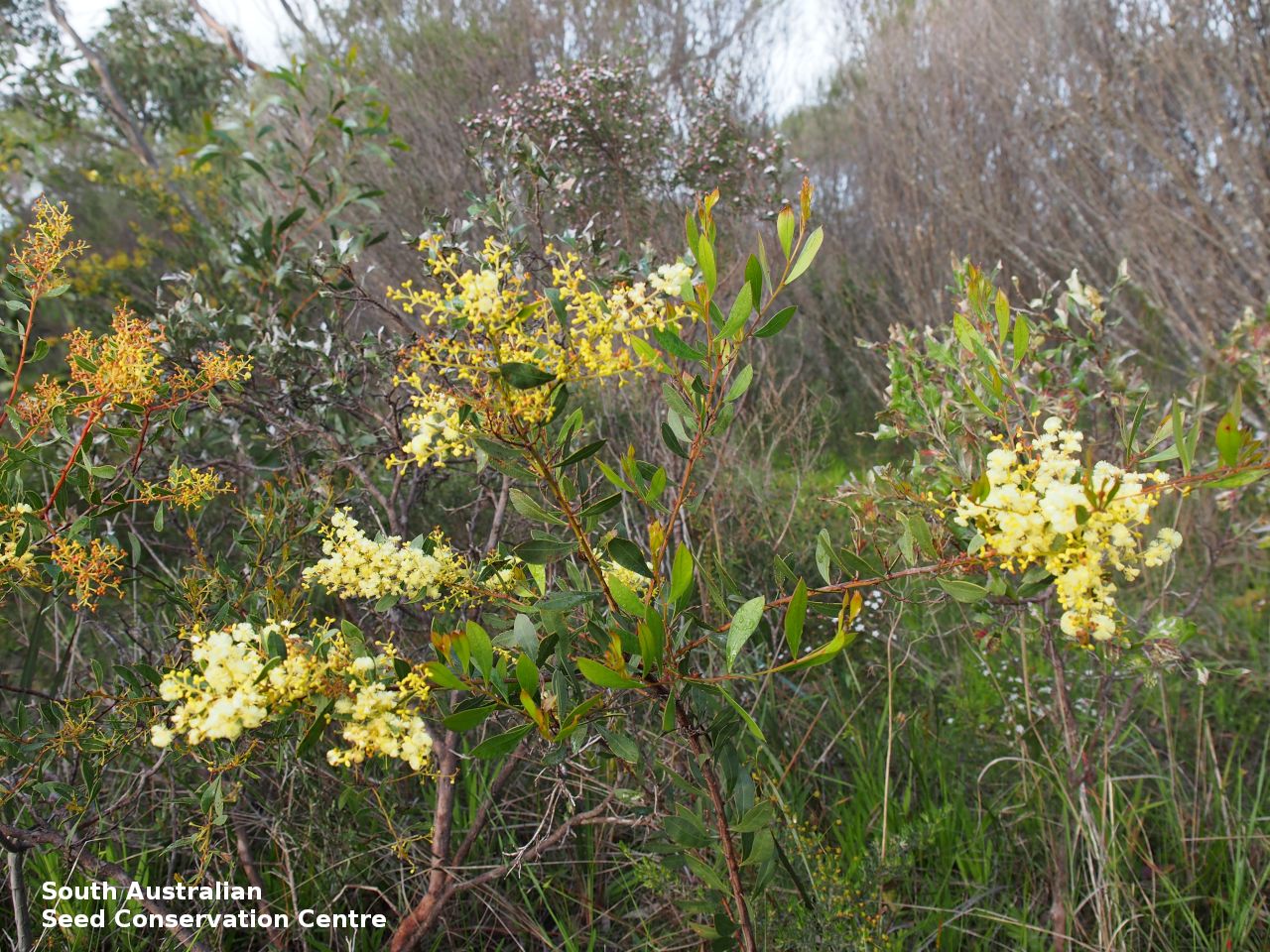
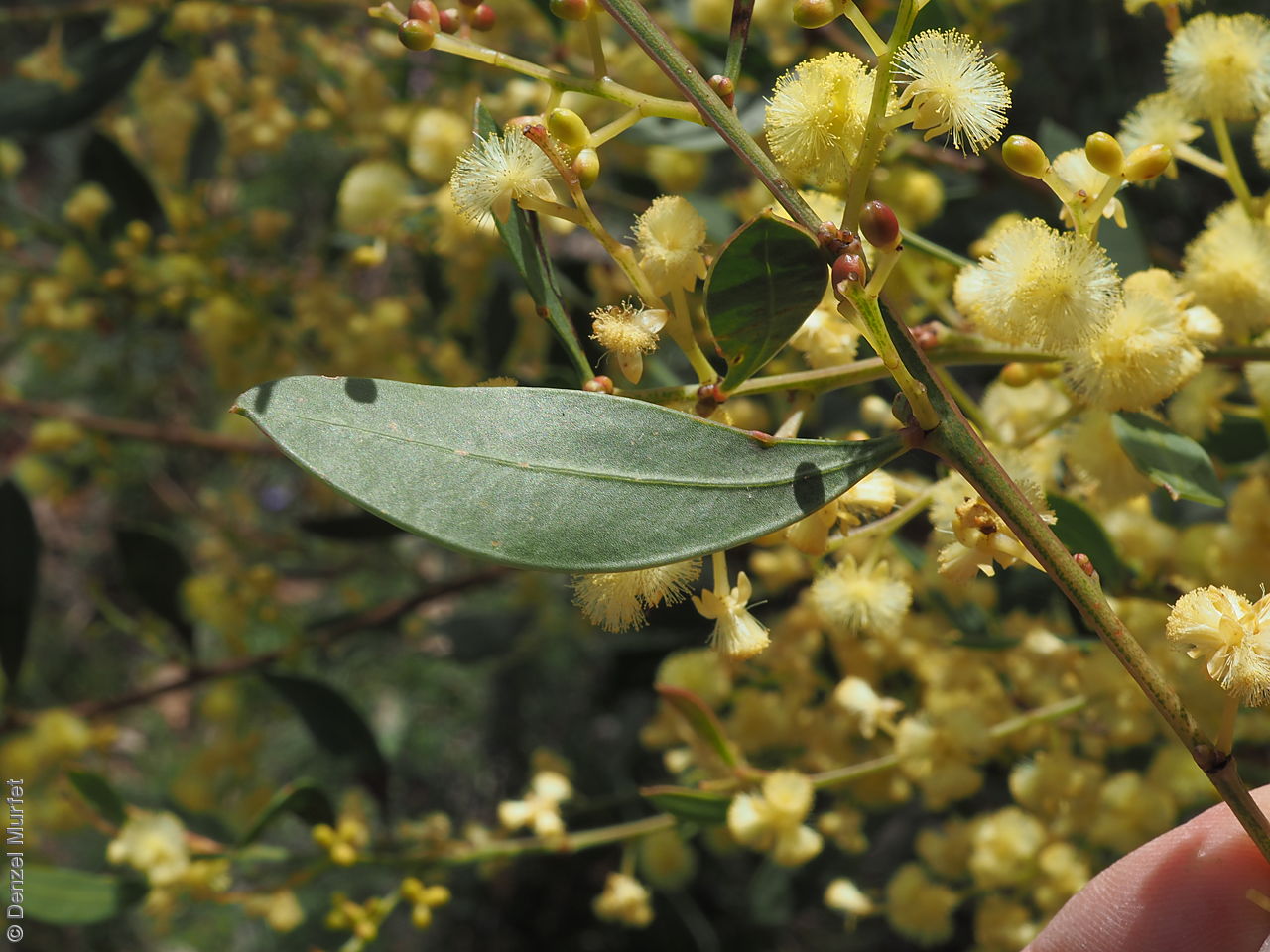
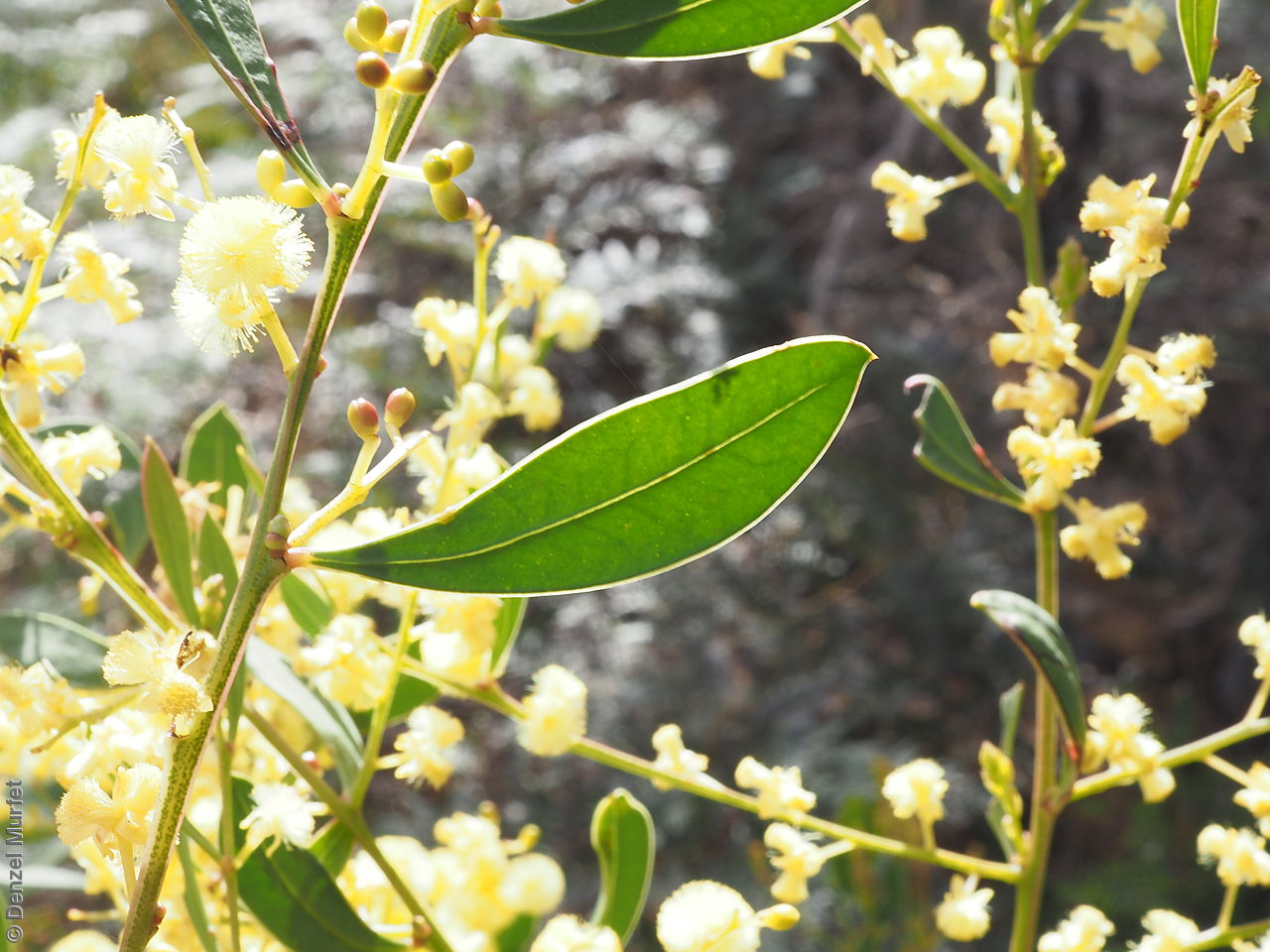
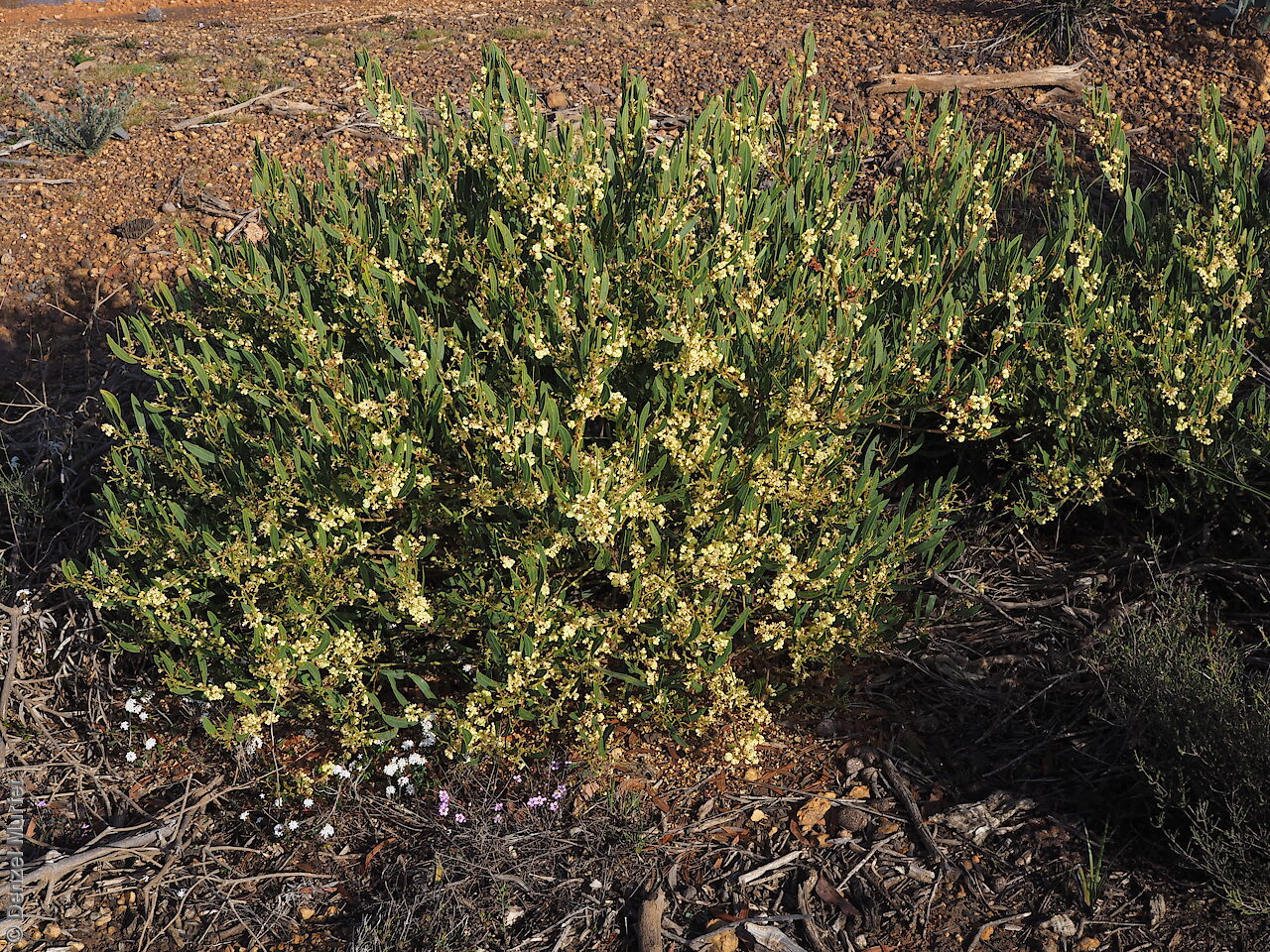
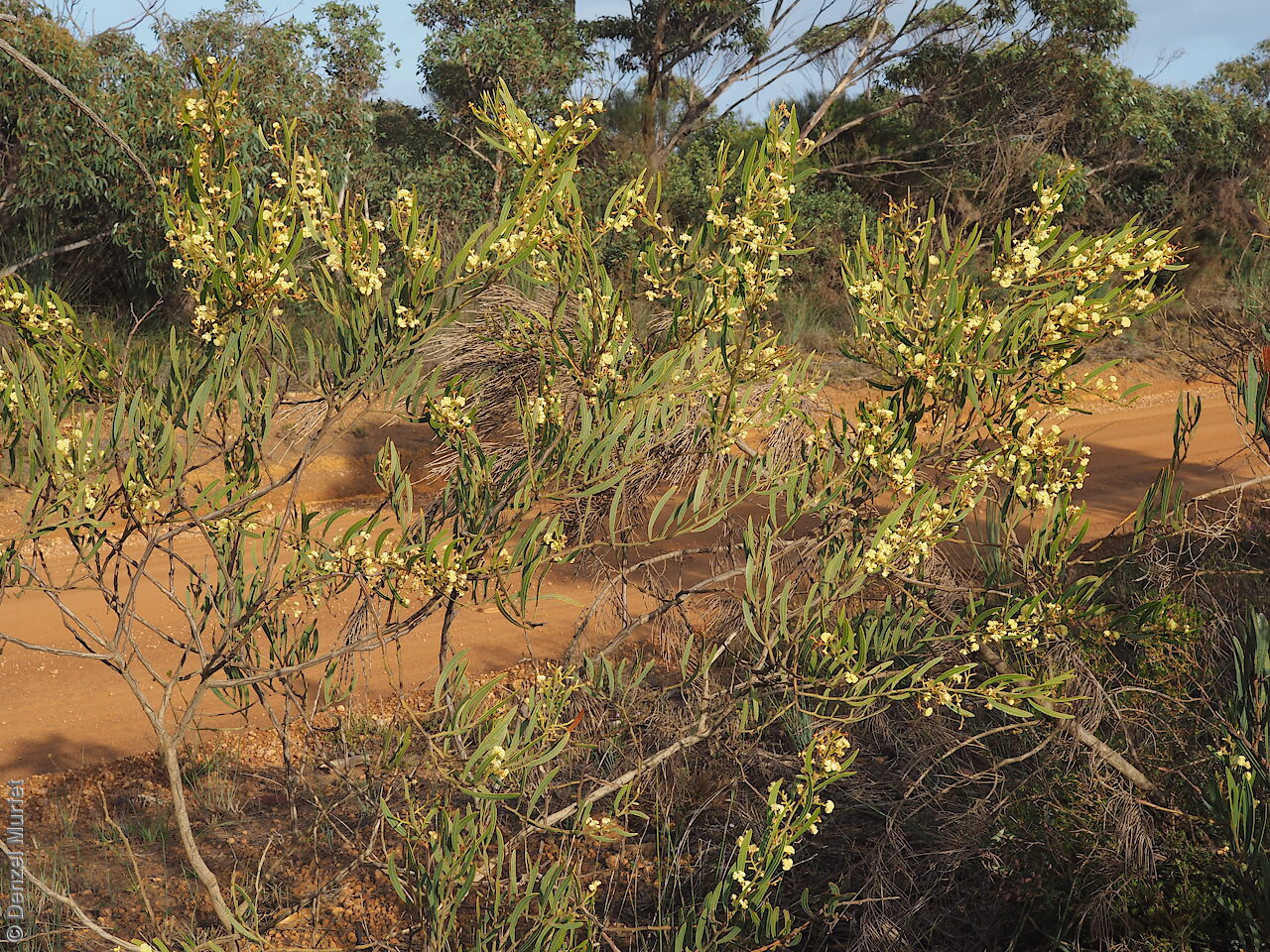
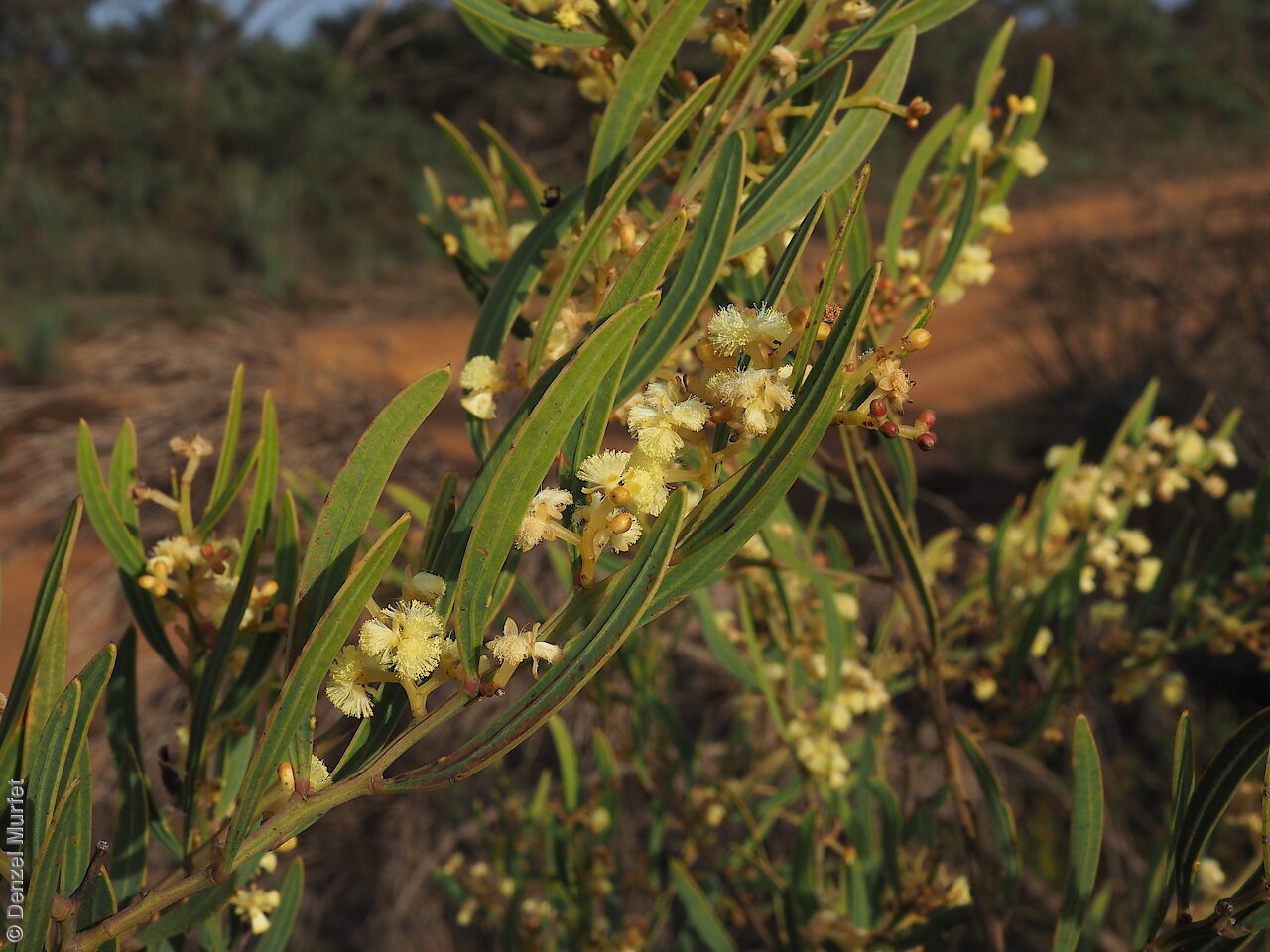
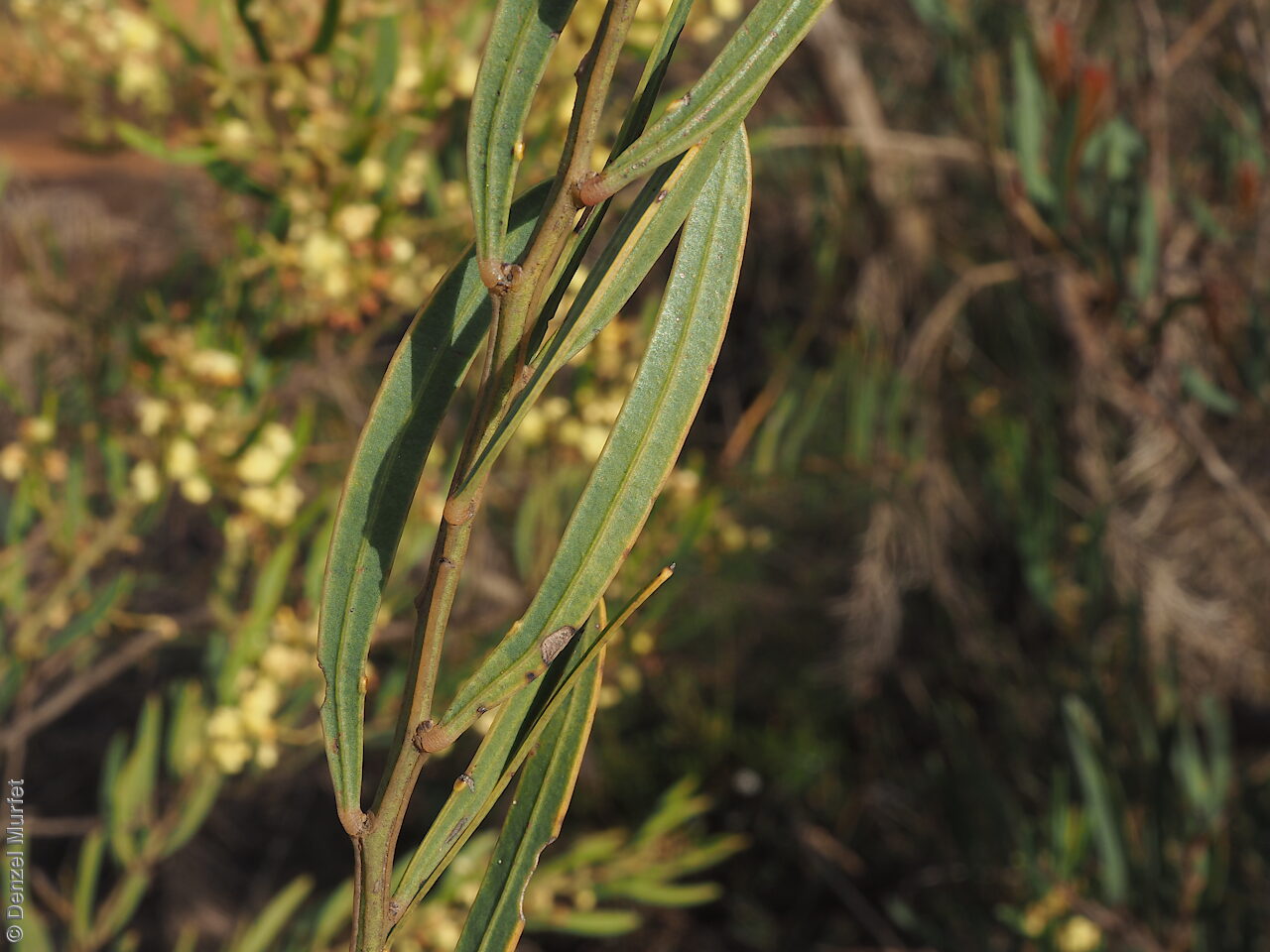
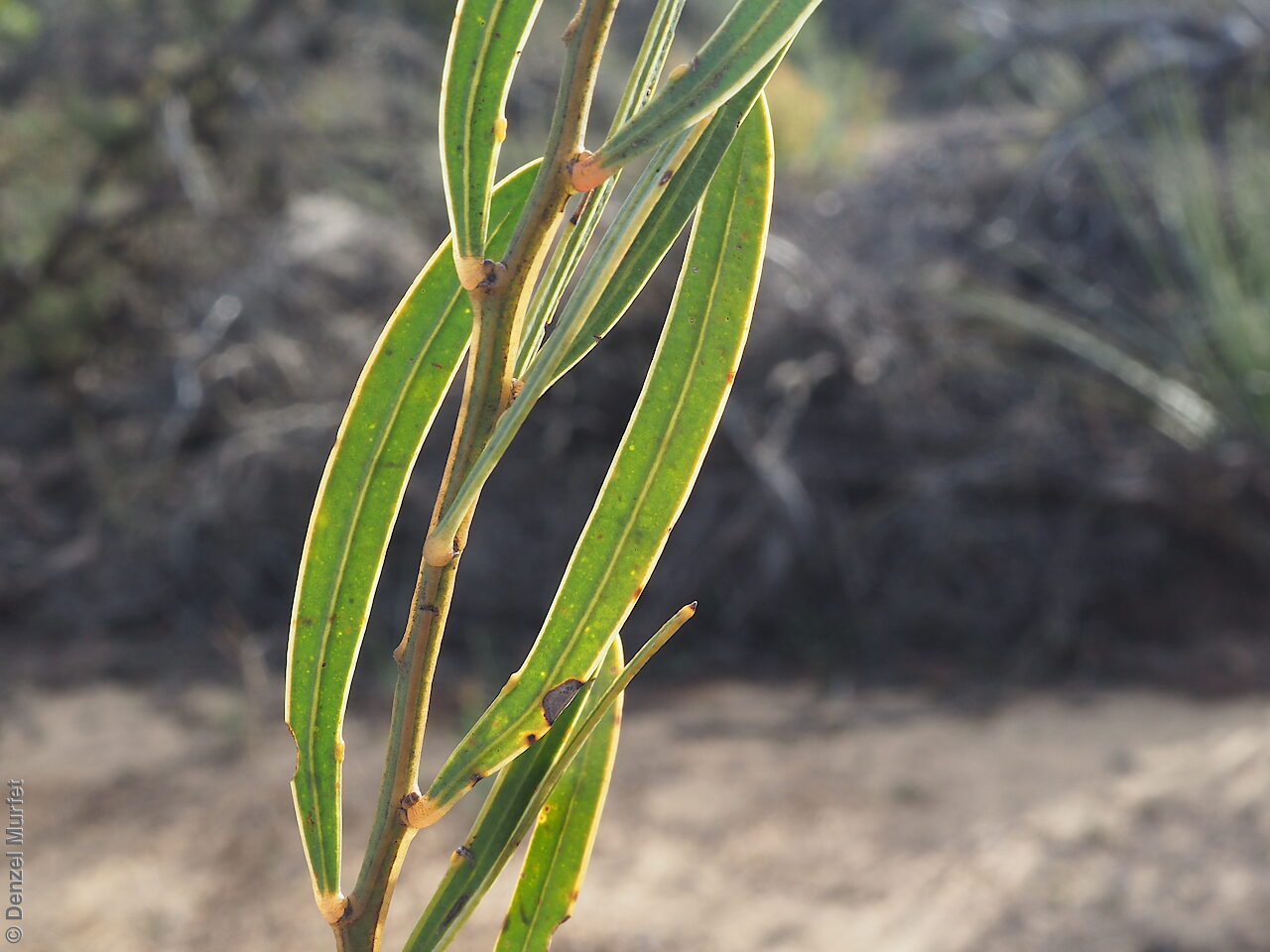
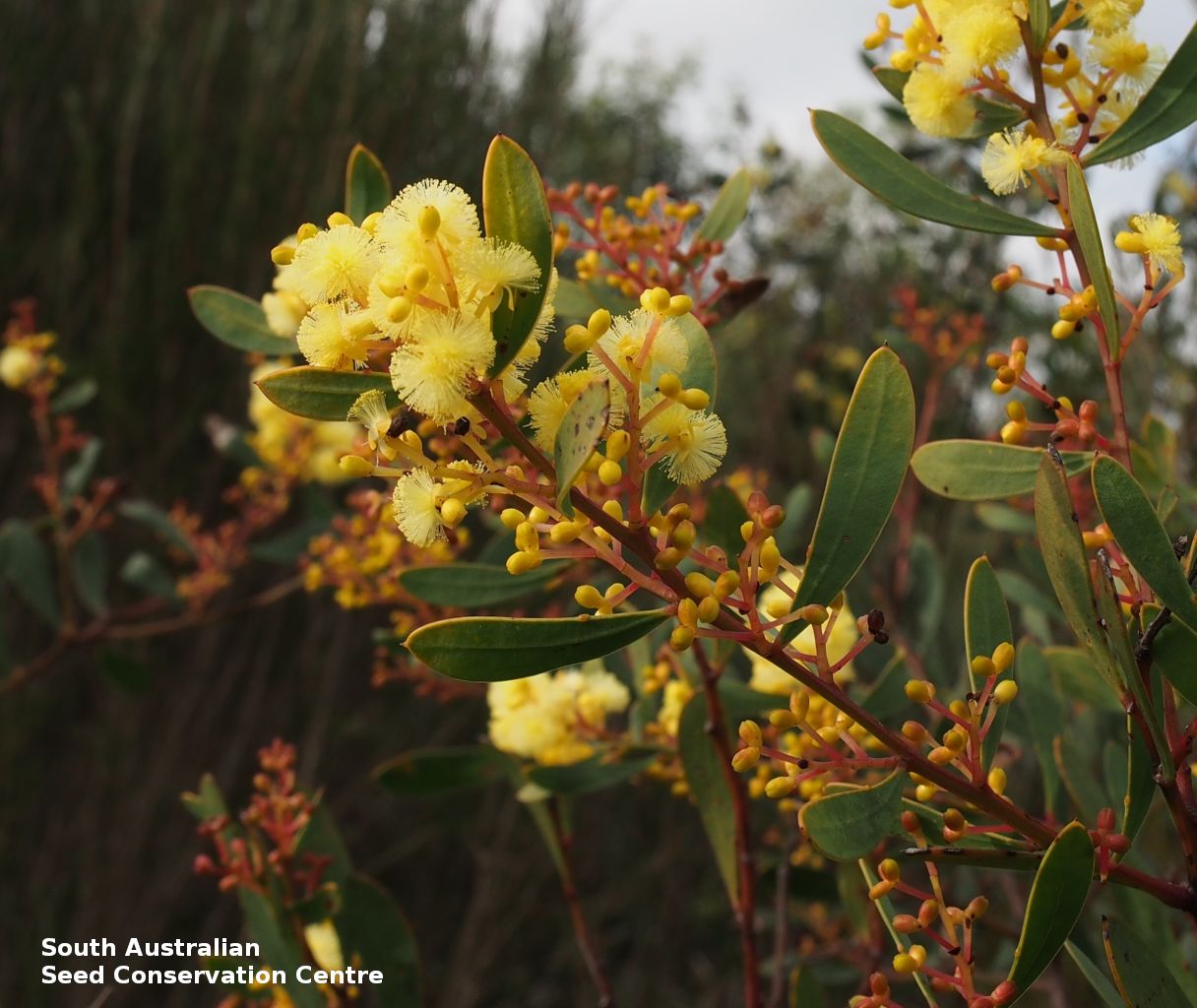
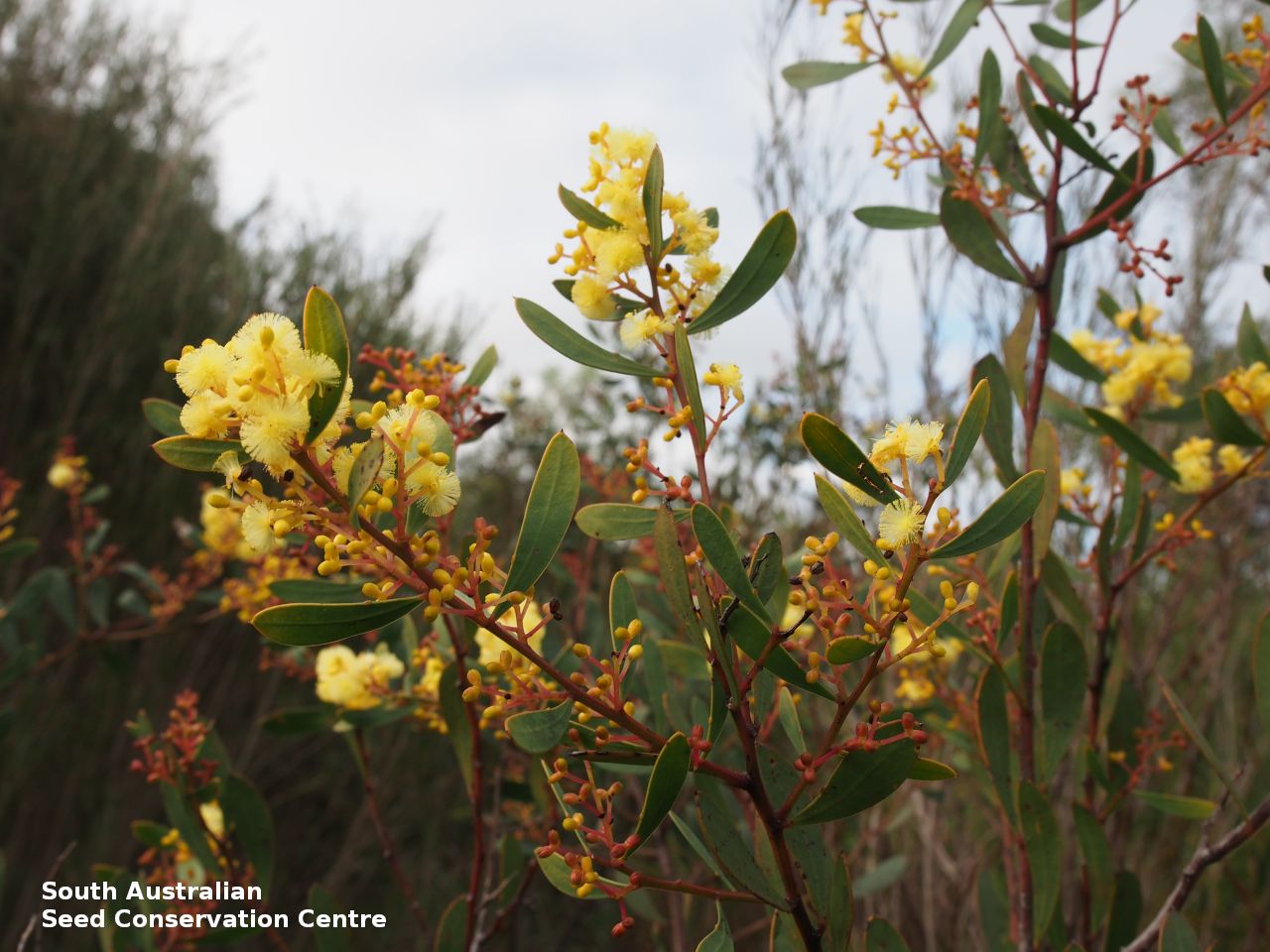
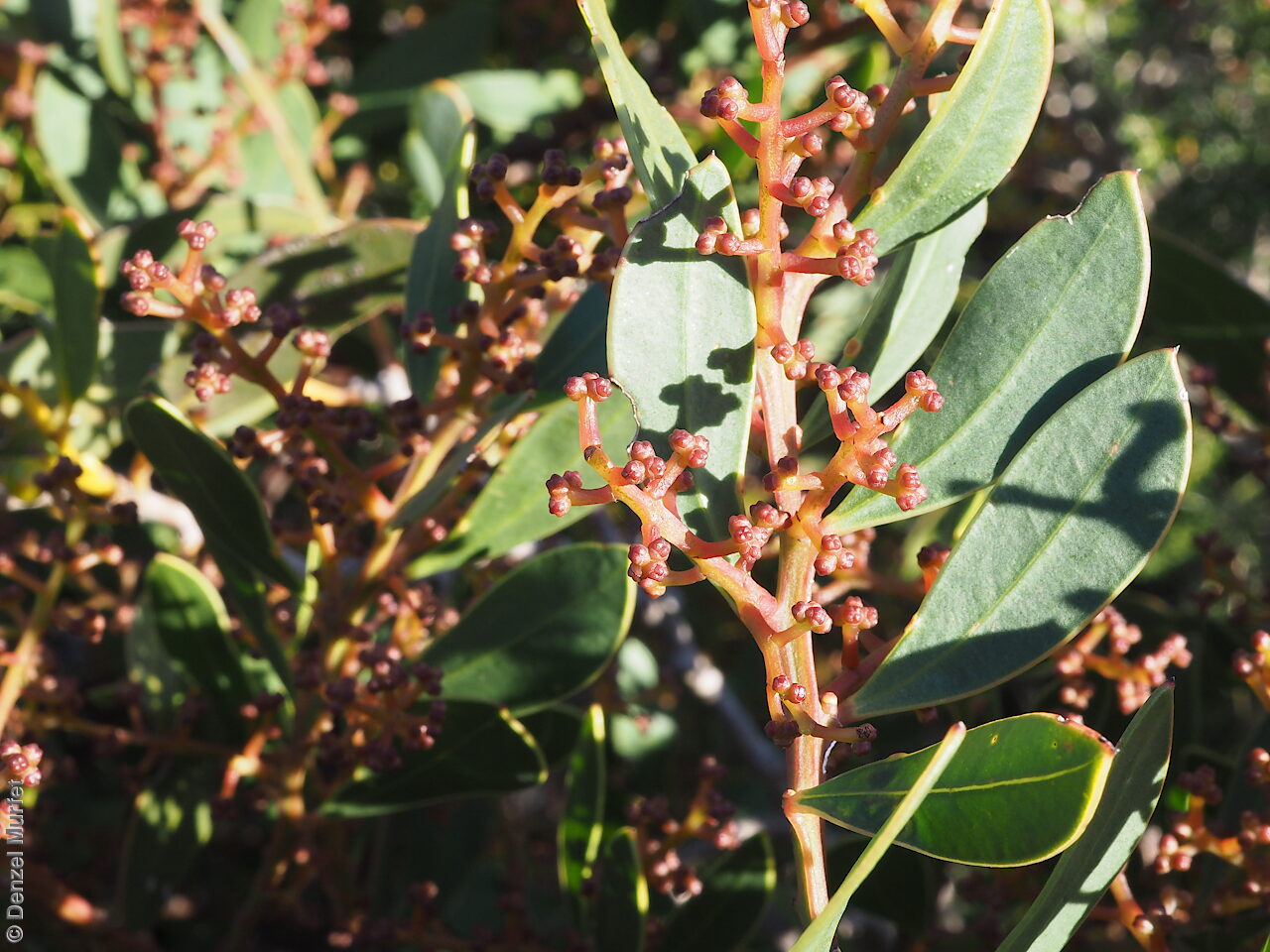
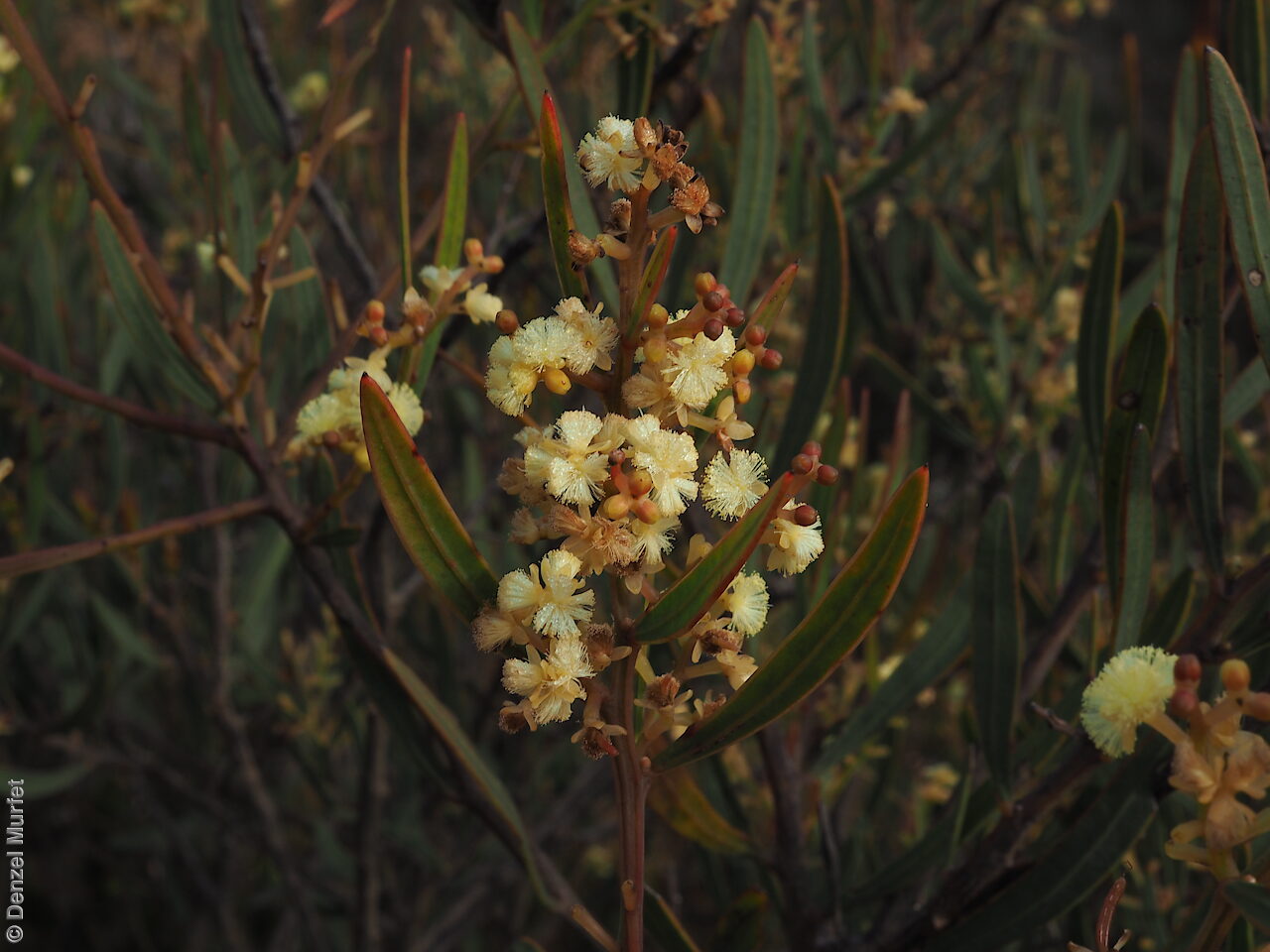
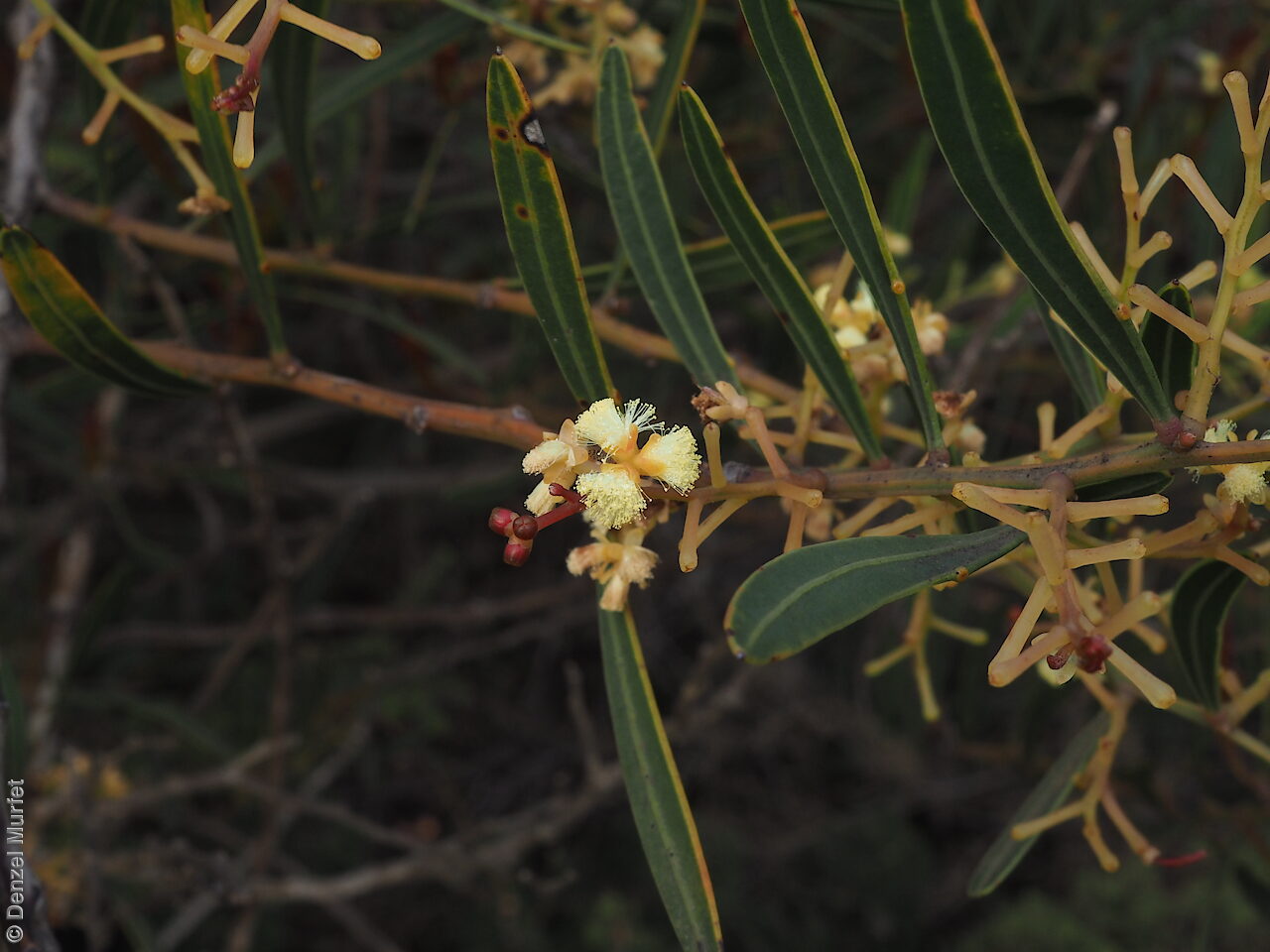
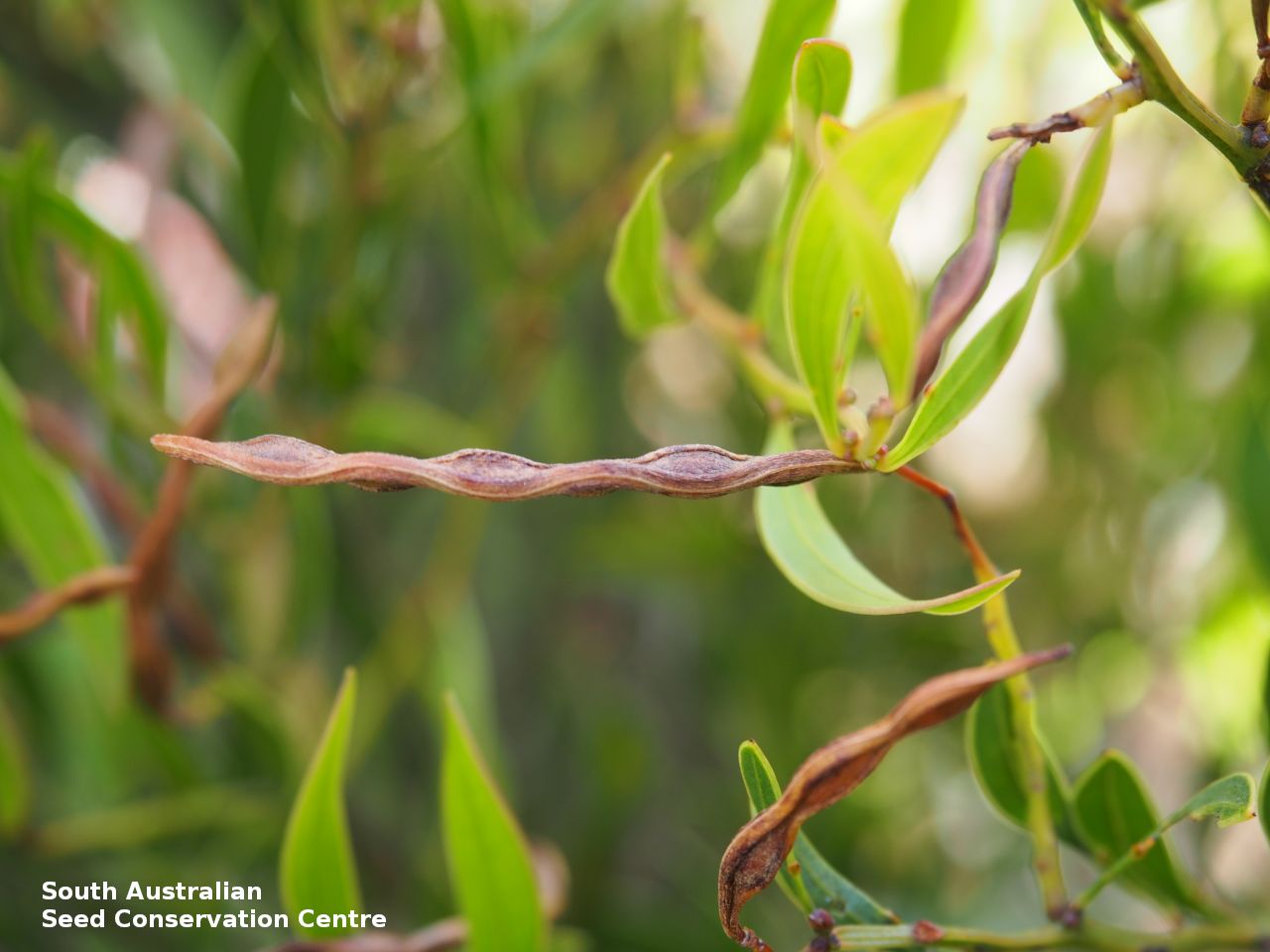
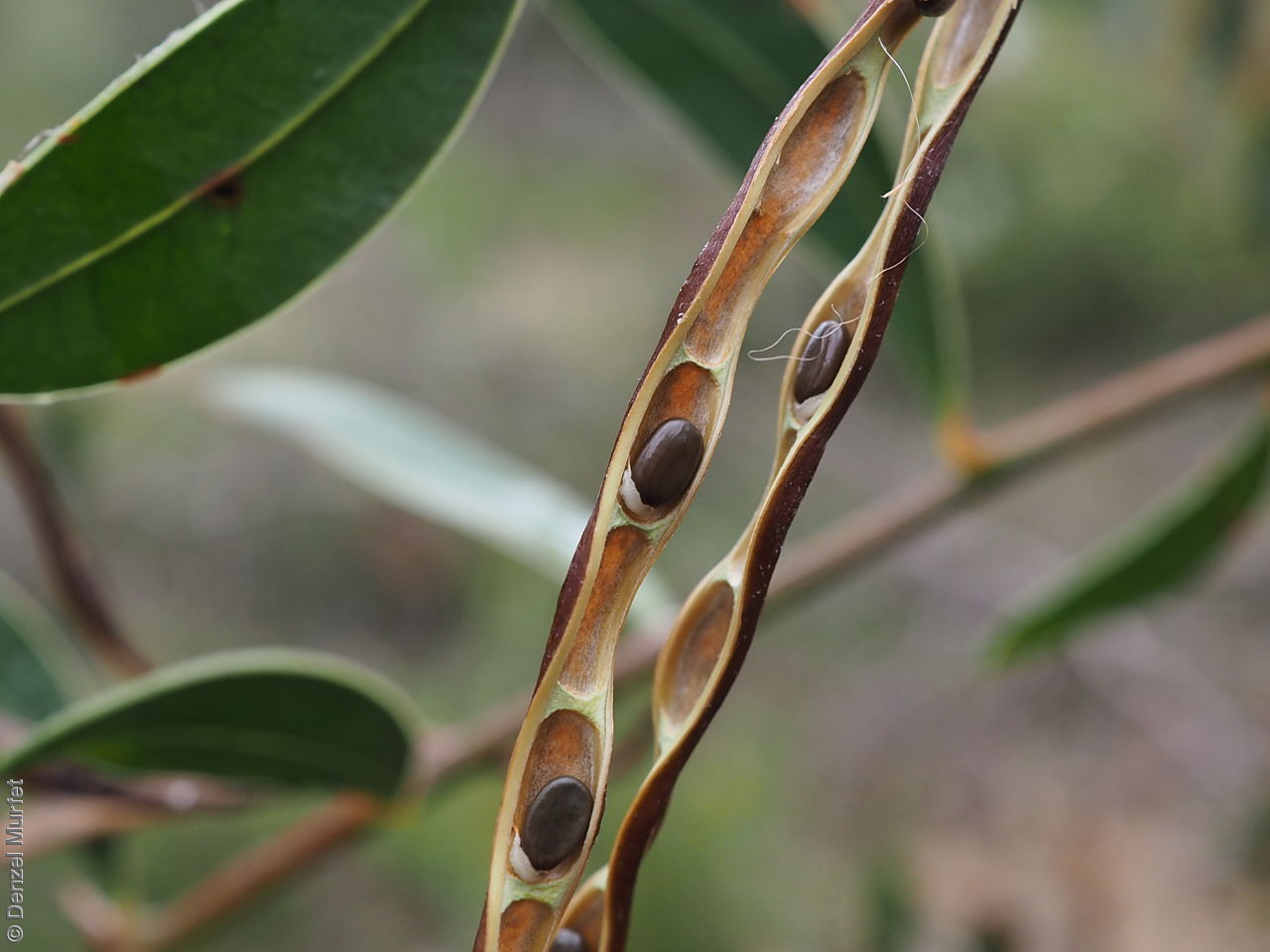
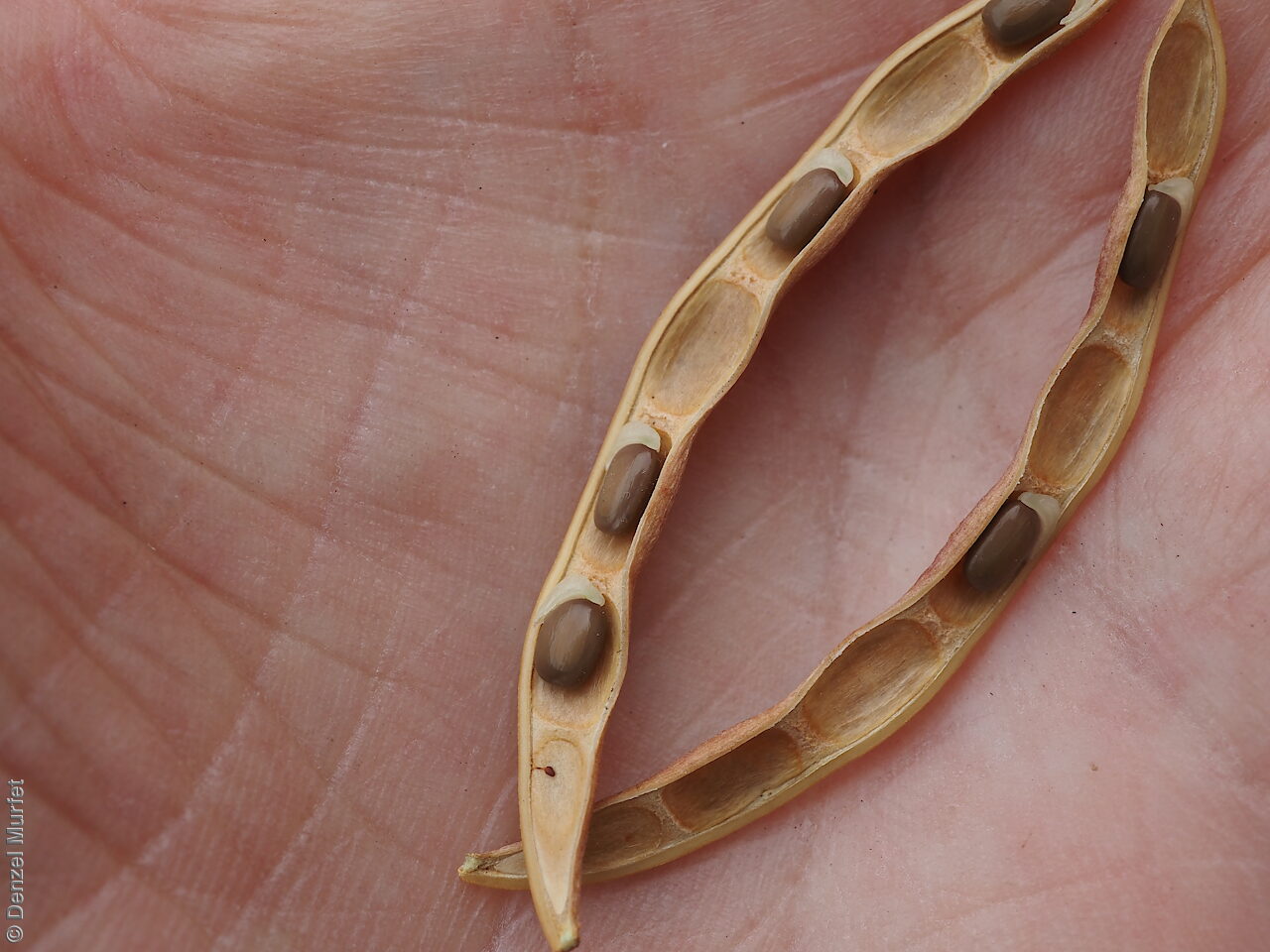
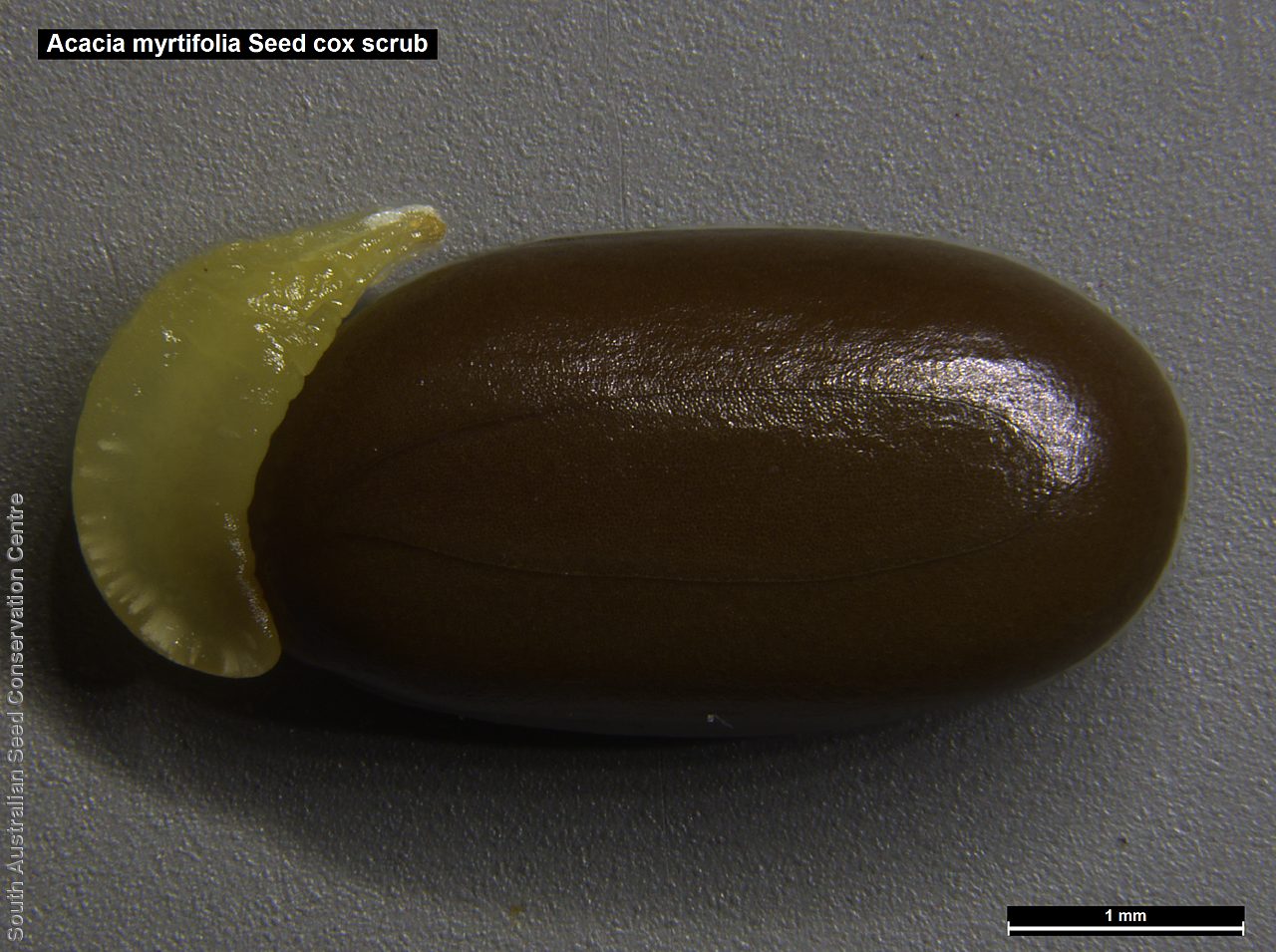
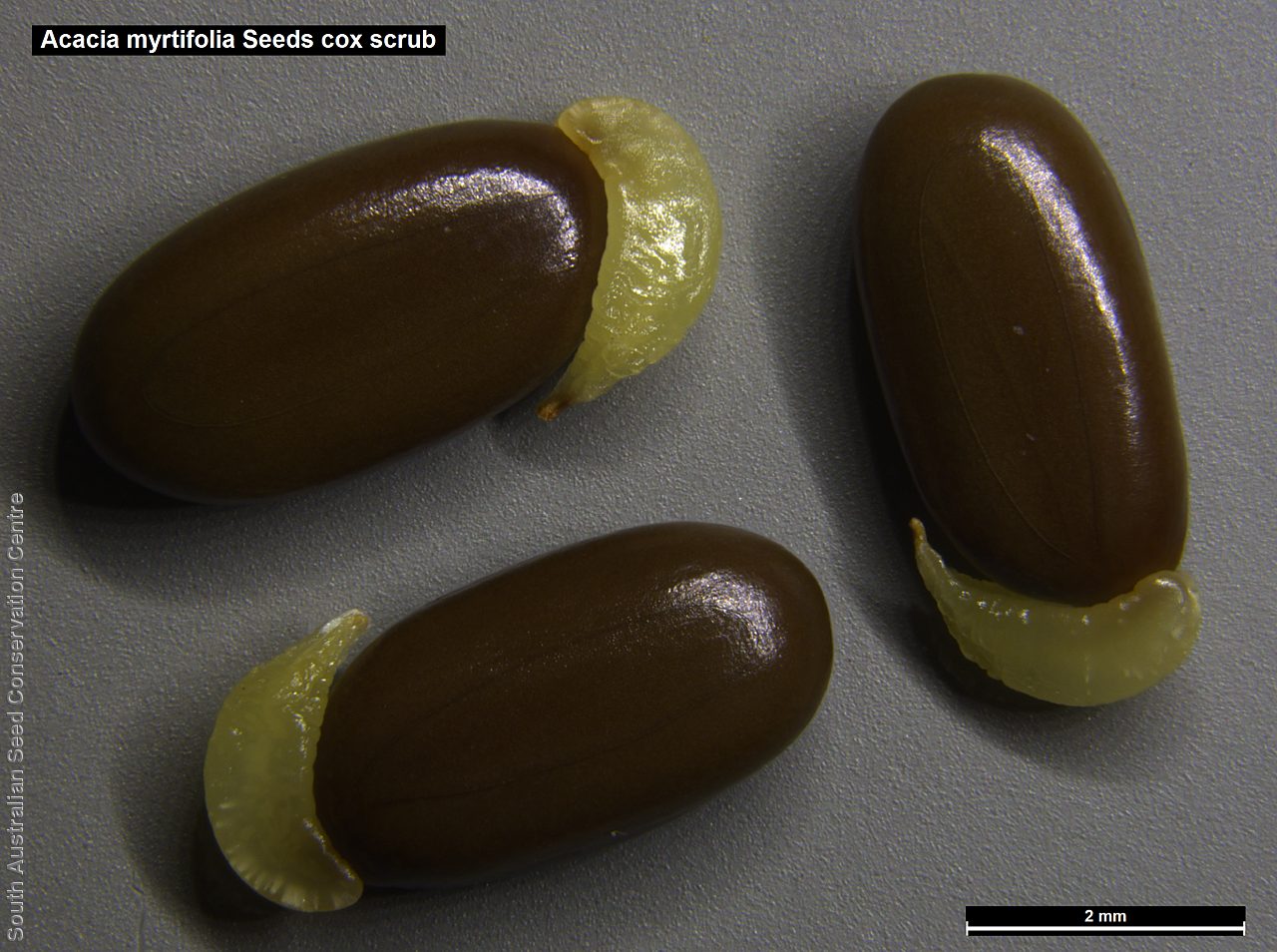
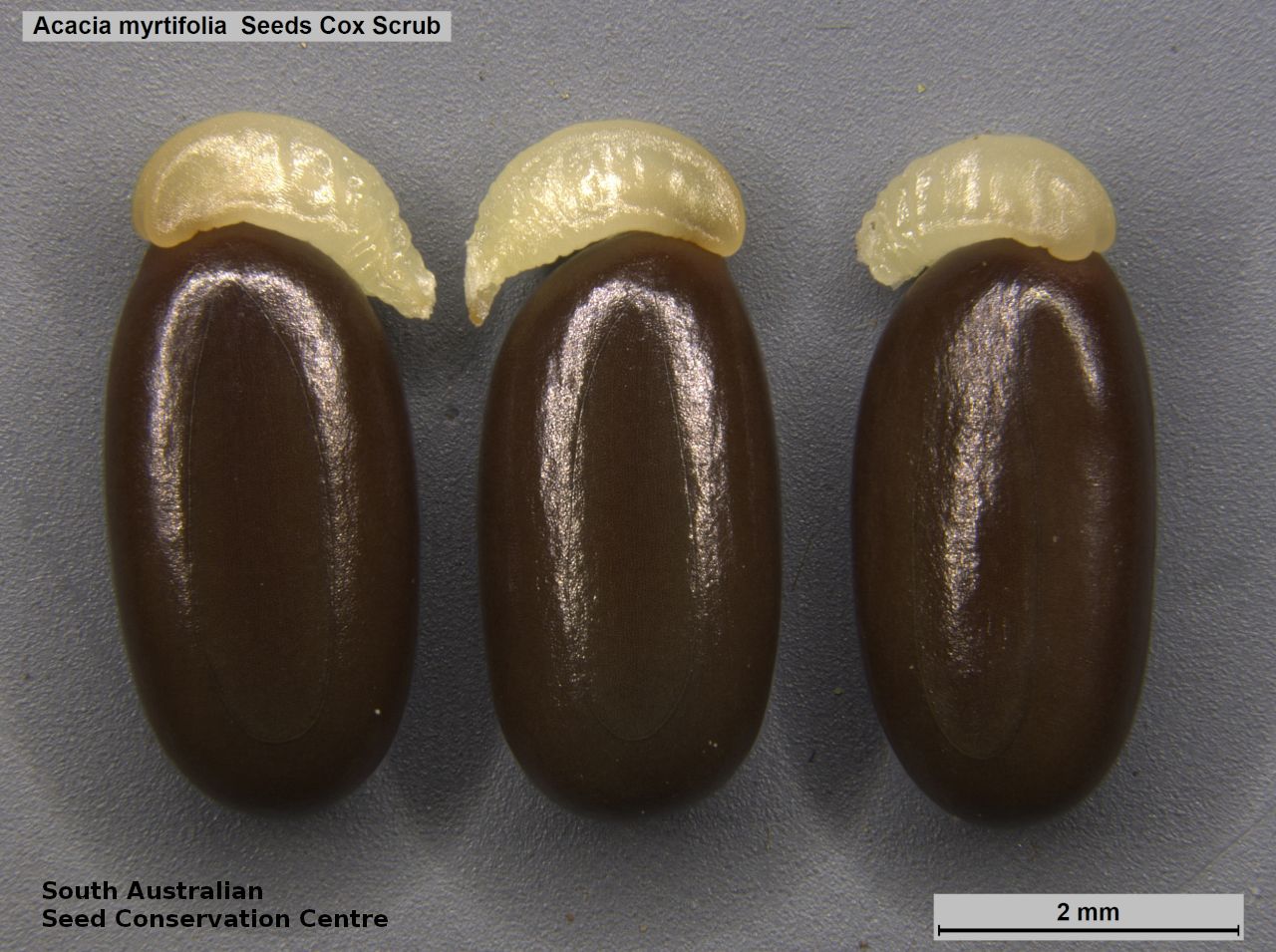
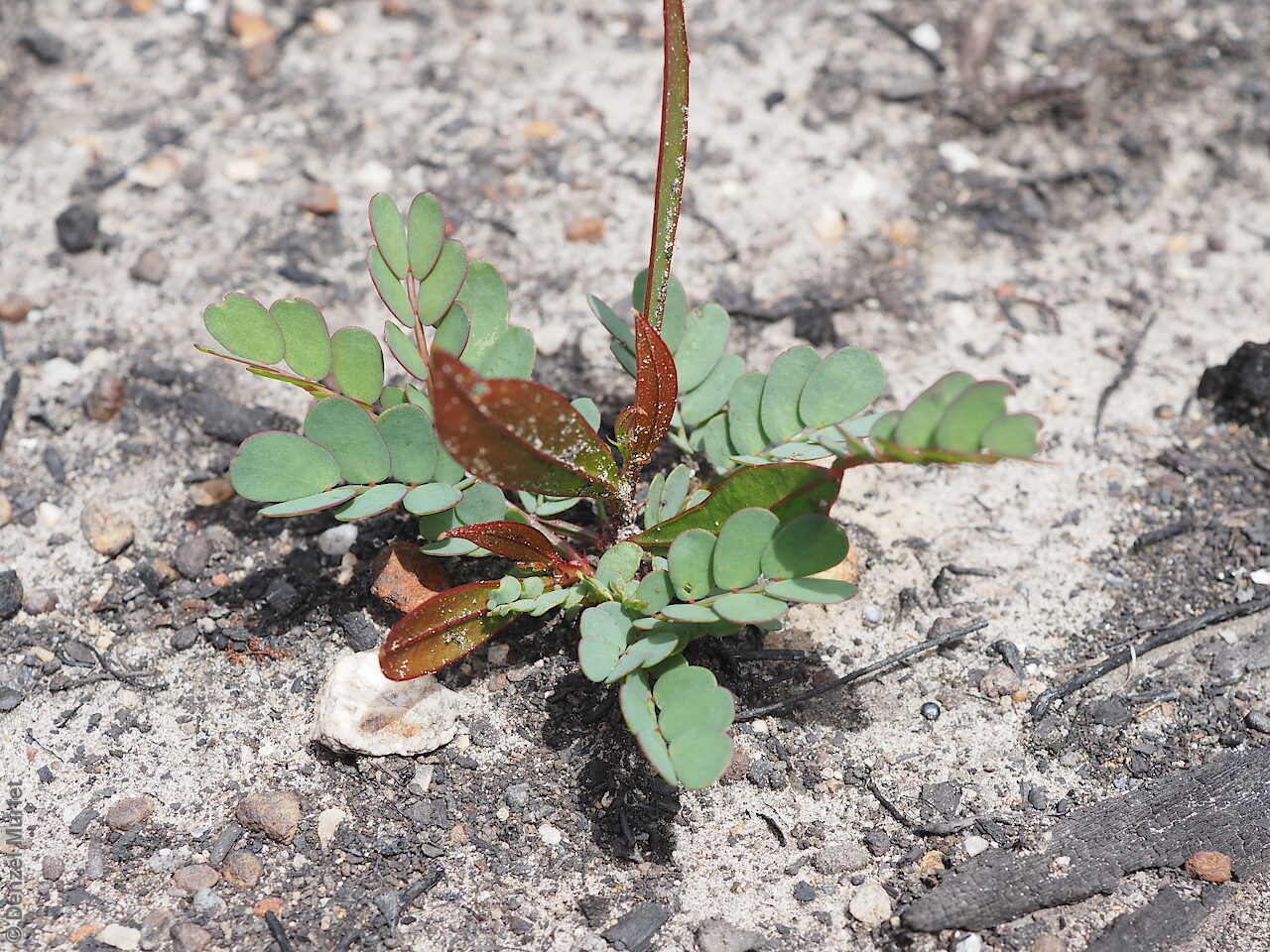
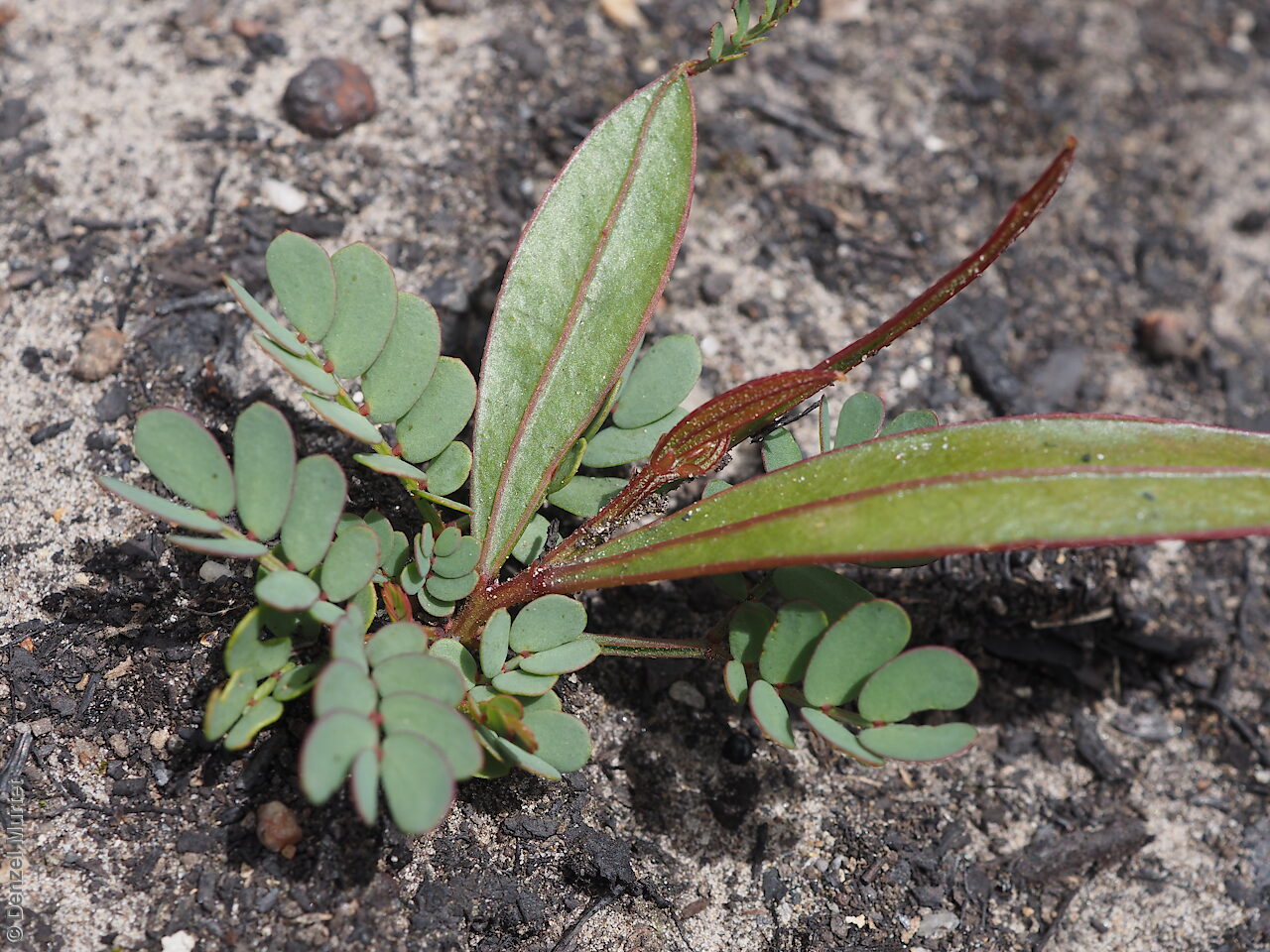
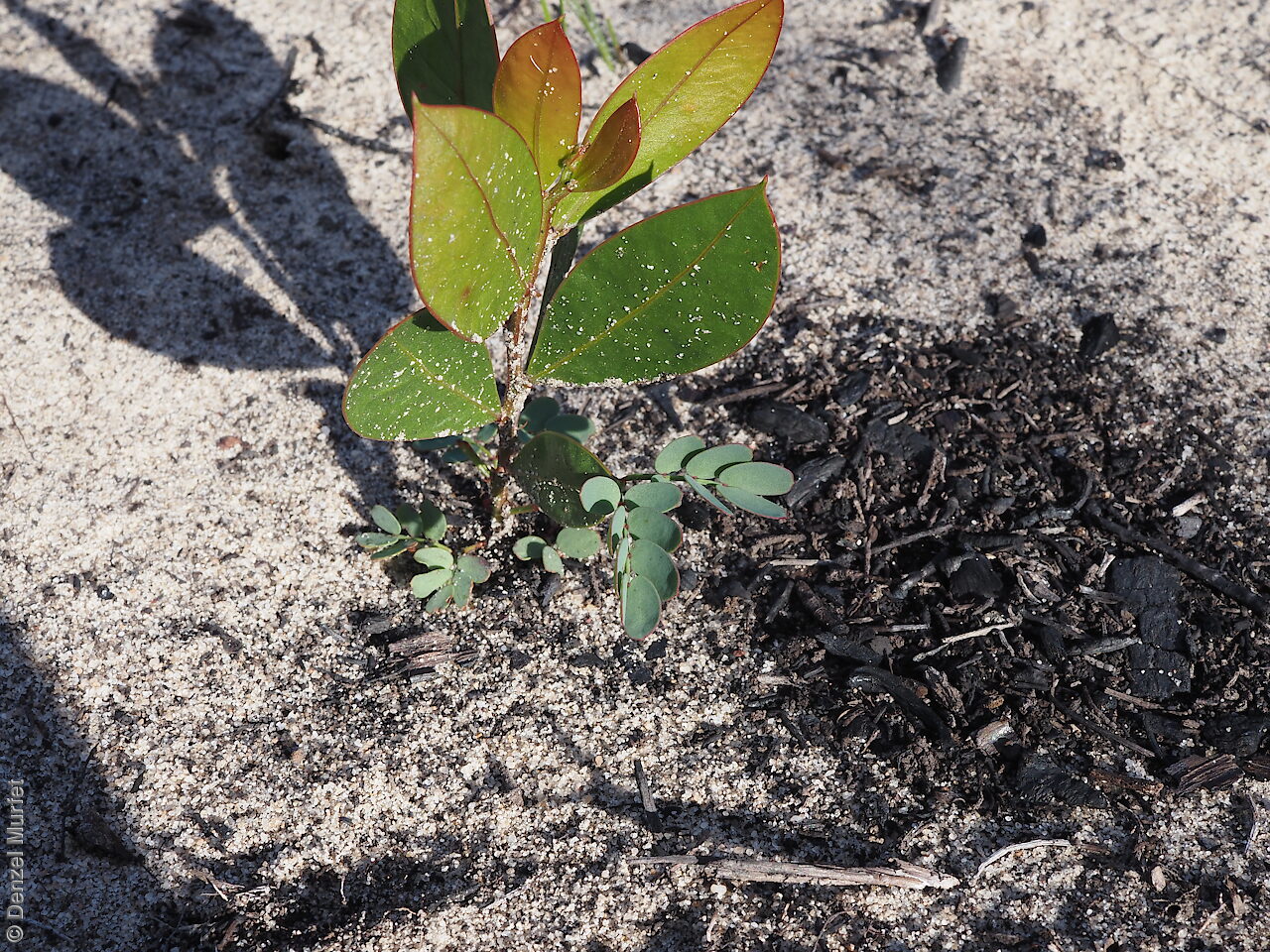
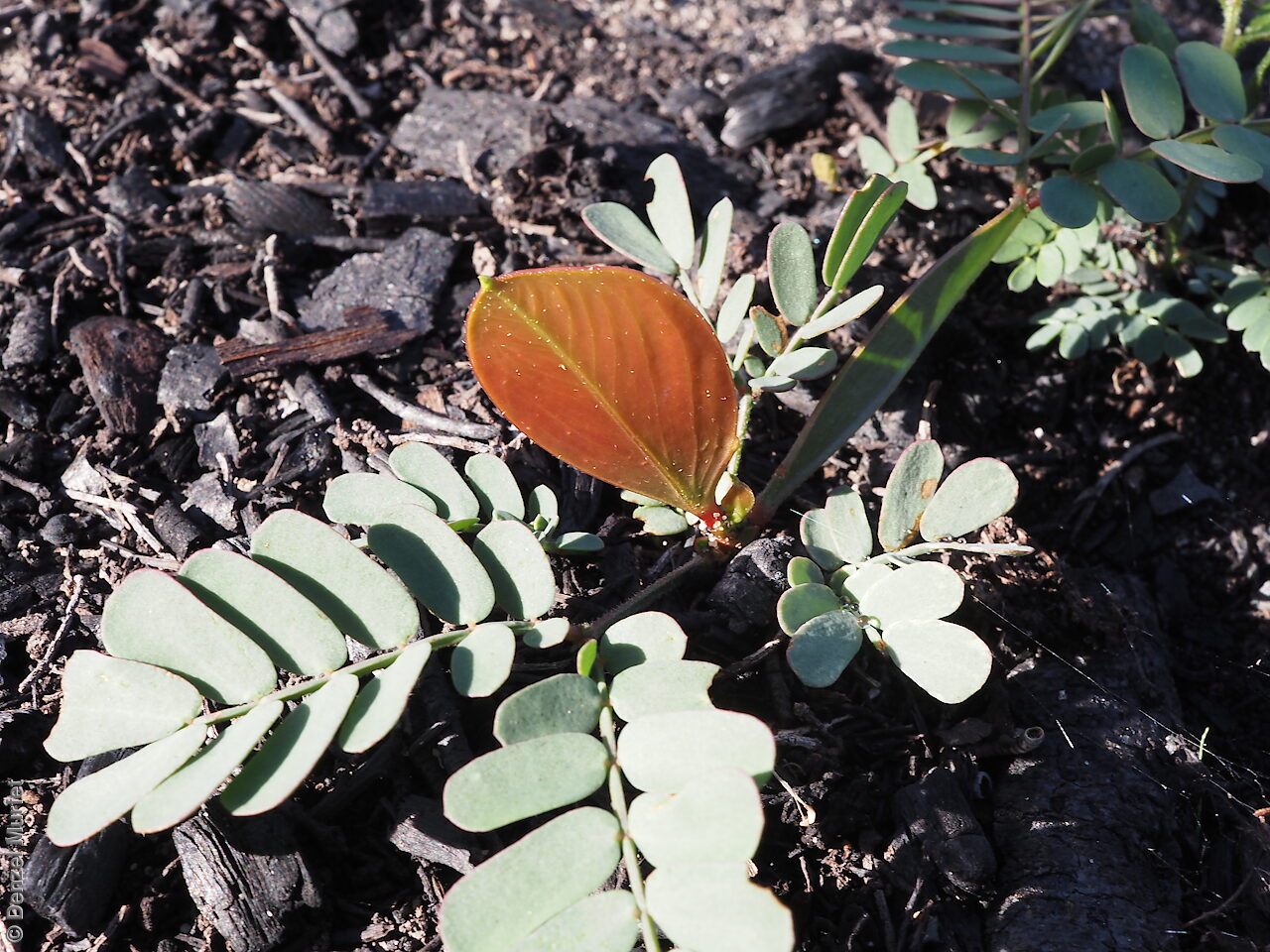

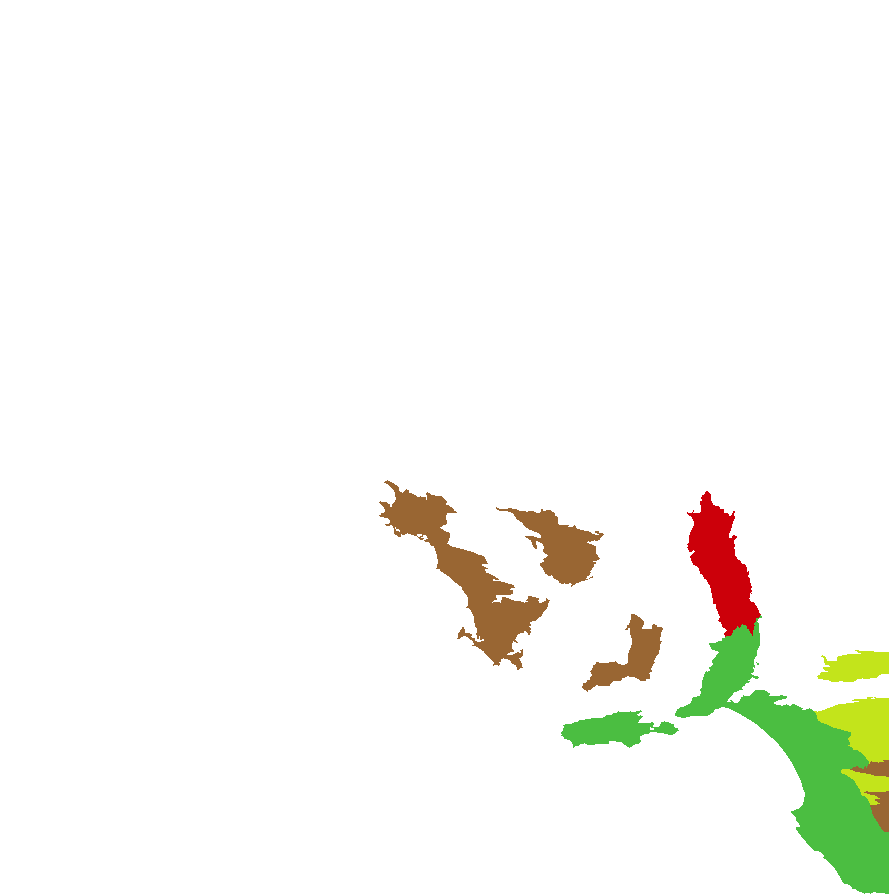
Botanical art
Prior names
Acacia myrtifolia var. angustifolia, partly
Mimosa myrtifolia
Acacia myrtifolia var. myrtifolia, partly
Common names
Myrtle Wattle
Scrub Wattle
Etymology
Acacia from the Greek 'akakia' and derived from 'ake' or 'akis' meaning a sharp point or thorn and 'akazo' meaning to sharpen. Dioscorides, the Greek physician and botanist used the word in the 1st century AD for the Egyptian thorn tree, Acacia arabica. Myrtifolia from the Latin 'myrtus' meaning myrtle and 'folius' meaning leaves, having leaves like the Myrtle genus.
Distribution and status
Found in the southern part of South Australia, growing in a variety of vegetation communities from open forest, woodland to open scrub. Also found in Western Australia, Queensland, New South Wales, Victoria and Tasmania. Native. Common in South Australia. Common in the other States.
Herbarium regions: Eyre Peninsula, Northern Lofty, Murray, Yorke Peninsula, Southern Lofty, Kangaroo Island, South Eastern, Green Adelaide
NRM regions: Adelaide and Mount Lofty Ranges, Eyre Peninsula, Kangaroo Island, Northern and Yorke, South Australian Murray-Darling Basin, South East
AVH map: SA distribution map (external link)
Plant description
Bushy shrub to 3 m high with red, angled and prominently ribbed branchlets. Leaves erect, narrowly elliptic to oblanceolate to 130 mm long and 30 mm wide, asymmetric, usually thick, green and smooth; midrib and marginal veins prominent. Flower-spike axillary racemes with large, globular, creamy-yellow flower-heads. Flowering between July and October. Fruits are light brown linear pod to 90 mm long and 5 mm wide; curved, marginal vein thick and undulating. Seeds are hard brown, oblong to 4 mm long and 2 mm wide Seed embryo type is investing.
Seed collection and propagation
Collect seeds between October and December. Collect mature pods that are turning brown, with hard, dark seeds inside. Place the pods in a tray and leave to dry for 1-2 weeks or until the pods begin to split. Then rub the dried pods to dislodge the seeds. Use a sieve to separate any unwanted material. Store the seeds with a desiccant such as dried silica beads or dry rice, in an air tight container in a cool and dry place. Seed viability is usually high.This species has physical dormancy that needs to be overcome for the seed to germinate (e.g. nicking or softening the seed coat).